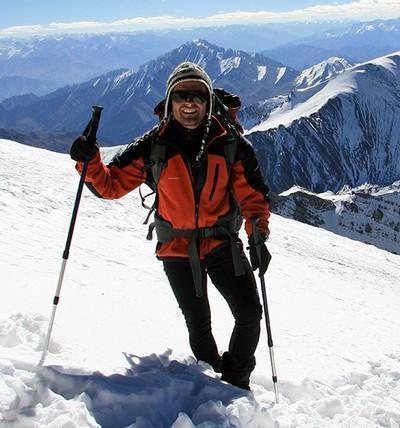Snowboarding jackets are designed to keep riders warm and dry, and they usually come with various features. Some of these features include breathability and waterproofness. Other common features include size and insulation. Here are the main considerations when choosing a snowboarding jacket. If you're new to snowboarding, here are some things to keep in mind when purchasing a jacket.
Breathability
A snowboard jacket's breathability is an important factor to consider when purchasing one. A high breathability rating allows water vapor to escape from the body, which prevents the wearer from becoming damp or clammy. A jacket with a high breathability rating also helps regulate body temperature and prevent overheating. The breathability rating is often measured in grams per square meter and is an important factor to consider when shopping for a new jacket.
Breathability is measured by the amount of sweat and moisture that can pass through the jacket's material. This helps keep the wearer drier and warmer, so the higher the number, the better. A high breathability rating also means a jacket is able to wick moisture from the skin, resulting in increased comfort.
Waterproofing is another important feature of a snowboard jacket or a ski coat. While it may seem like an obvious feature, waterproofing is not an easy concept to understand. You need to consider the environment in which you'll be riding, and the length of time that you'll be in wet conditions. In addition, waterproofing should be backed up by the quality of the seams and construction.
Waterproofness
A snowboard jacket's water-repellency is an important feature. These garments are made of a variety of materials, including Nylon, Gore-Tex, and Microfibers. Nylon is a very light material that dries quickly and wicks away moisture. Nylon can also be dyed to many different colors.
Seams are another important factor in a jacket's water-repellent capability. Using seam tape to prevent cold air and moisture from seeping through can greatly improve water-repellency. While seam taping is not as effective as welded seams, it can still prevent cold air and moisture from entering.
A snowboard jacket's waterproofness is measured using a rating system. This rating represents the amount of water that a garment can repel per square inch. Higher ratings are better. The higher the rating, the more waterproof a jacket is. Generally, mens snowboard jackets have a rating of 5,000mm or more.
When choosing a snowboard jacket, make sure it has plenty of pockets. Inside pockets should be large enough to keep valuables safely out of the elements. Ideally, these pockets feature a phone pocket, which is usually located inside the breast pocket. An inside zipper will help keep out cold air and keep the phone safe.
Insulation
One of the most important features of snowboard jackets is insulation. Unlike shells, which have no insulation, jackets with insulation keep you warm and comfortable on your body. In addition, they are lighter and easier to pack. Insulated jackets are most useful in cold climates and should have at least 10,000mm of water resistance.
Insulated jackets can be made from many different materials. While most are made of down, they can also use synthetic materials such as Primaloft to make them warmer. The more insulating material is used, the warmer the jacket will be. Insulation weight is typically measured in grams, and the more grams of insulation, the warmer the jacket will be. Some insulated jackets have a low-profile design that makes them comfortable to wear as standalones in spring and summer.
Insulated snowboard jackets can be categorized by their levels of warmth. The warmest ones are made of down or synthetic insulation that traps body heat. These jackets are ideal for cold weather conditions and for those who can easily get cold.
Sizes
To choose the right snowboard clothing for your height and build, it's important to understand the different sizes and fit characteristics of different brands. A snowboard jacket should fit close to your size, and it should also be as durable as possible. Several factors contribute to the fit of a jacket, such as breathability, waterproofing, and the number of layers. You can ask an expert for free advice, and measure your waist, sleeve length, and inseam pants to get an accurate fit.
The sleeves are the foundation of your snow jacket's weather protection. Make sure the sleeve length is accurate to avoid riding up your hands while skiing or snowboarding. The sleeve length should be measured from the back of your neck and across your shoulder to the hem of your wrist.
Snowboard jackets are generally made of a waterproof/breathable shell fabric. The most popular fabric is Gore-Tex, which offers a good combination of breathability and water resistance. Many snowboard jackets also feature 3-in-1 technology that allows you to detach the outer shell from the insulating layer. Another feature of many snowboard jackets is the powder skirt, which keeps snow and ice from accumulating around your waist. Some jackets also feature cuff gaskets that serve the same purpose.





